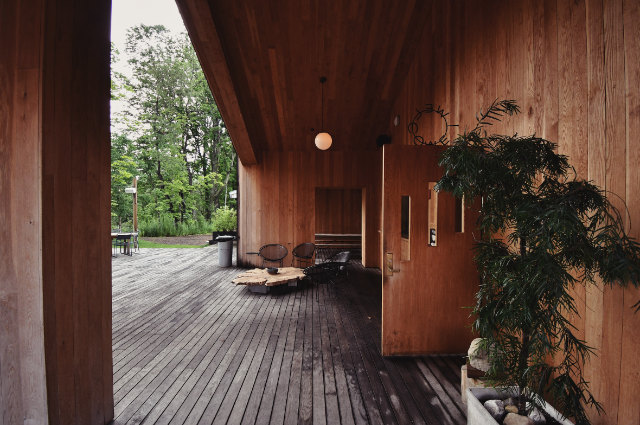
Photo by Max Harlynking on Unsplash
Introduction:
When it comes to choosing furniture for your home, one of the primary considerations is the type of wood used. Solid wood and engineered wood are two popular options available in the market today. Both have their unique characteristics and benefits, making it essential to understand their differences and determine which option suits your needs best. In this blog post, we will delve into the debate of solid wood vs engineered wood, equipping you with the knowledge necessary to make an informed furniture investment decision.
Solid Wood:
Solid wood refers to furniture made entirely from natural wood, such as oak, teak, or walnut. It offers a timeless charm and an exquisite look due to the natural variations and grain patterns in the wood. Solid wood furniture is known for its durability and longevity, often lasting for generations when properly cared for. It can be easily refinished or repaired if damaged, providing the flexibility to adapt to changing tastes and styles.
Engineered Wood:
Engineered wood, also referred to as composite wood, is a combination of real wood veneers and engineered materials such as plywood or medium-density fiberboard (MDF). It offers the look and feel of solid wood but at a more affordable price point. Engineered wood is highly stable and less susceptible to humidity and temperature fluctuations, making it an ideal choice for areas with varying climate conditions. Additionally, it is a sustainable option, as it utilizes smaller wood pieces, minimizing waste.
Making the Right Choice:
Who should invest in solid wood furniture? If you appreciate the natural beauty of wood, value craftsmanship, and are willing to invest in furniture that will stand the test of time, solid wood is an excellent choice. Solid wood is perfect for those seeking furniture with a high-end, luxurious appeal and the ability to be handed down through generations.
On the other hand, engineered wood is suitable for individuals who want a cost-effective option without compromising on aesthetics and durability. Engineered wood furniture is often affordable, lightweight, and has a consistent appearance, making it a practical choice for those with budget constraints or individuals looking for versatility in design.
Conclusion:
Solid wood and engineered wood both have their merits, catering to various preferences and budgets. When making a furniture investment decision, consider your unique requirements, style preferences, and long-term goals. Solid wood represents timeless elegance and unmatched durability, while engineered wood offers a more affordable and sustainable option without compromising on aesthetics or quality. By understanding the differences between solid wood and engineered wood, you can confidently select the right furniture for your home that reflects your personal style and provides years of comfort and enjoyment.
